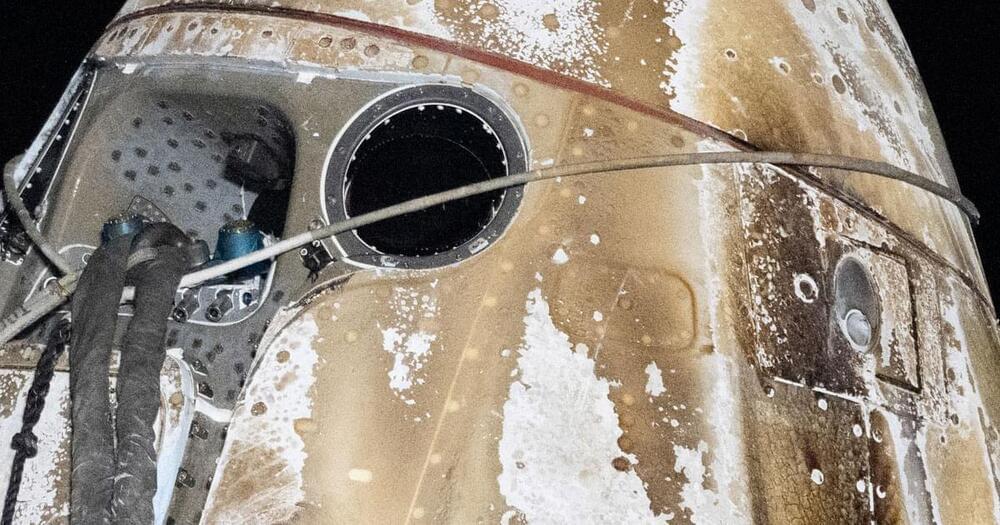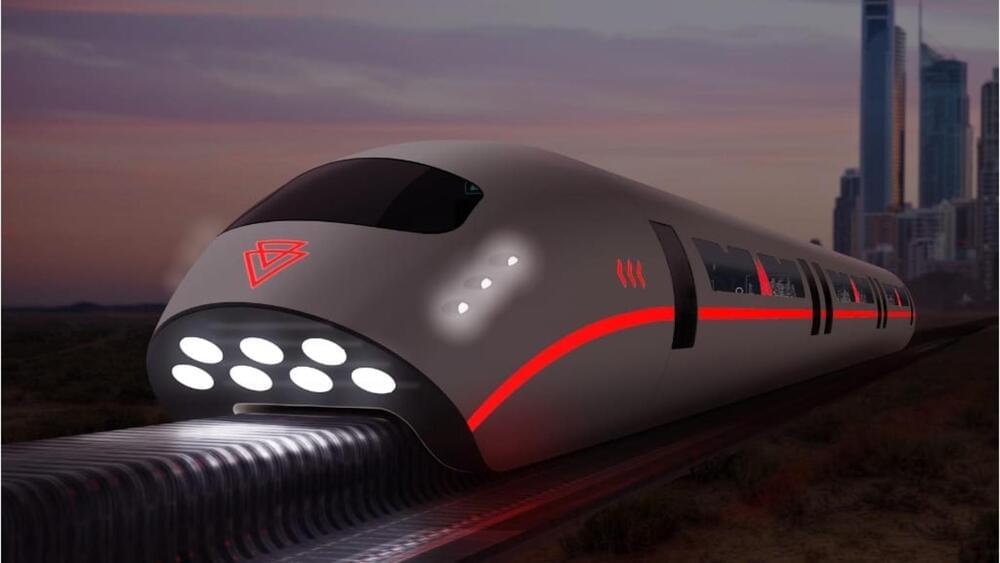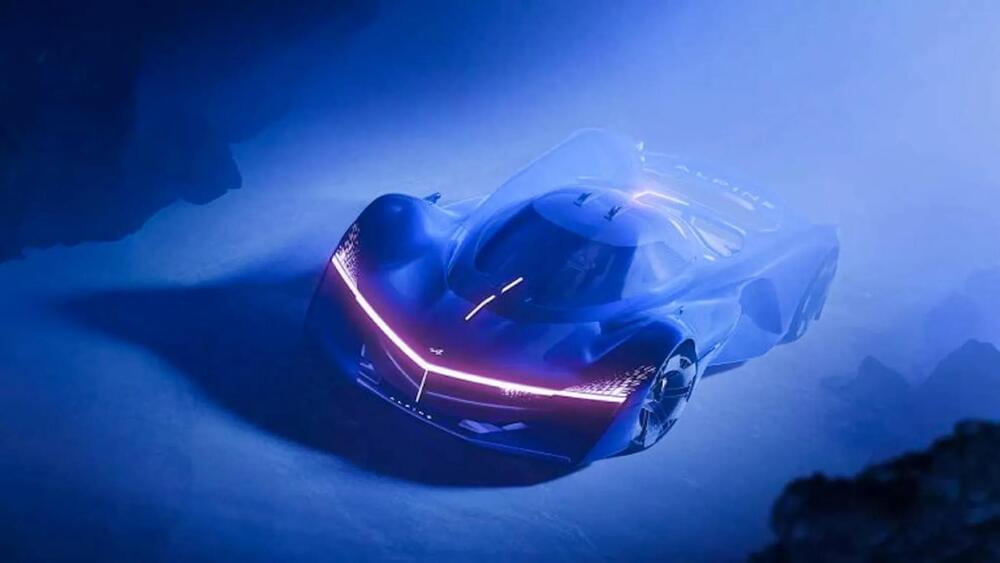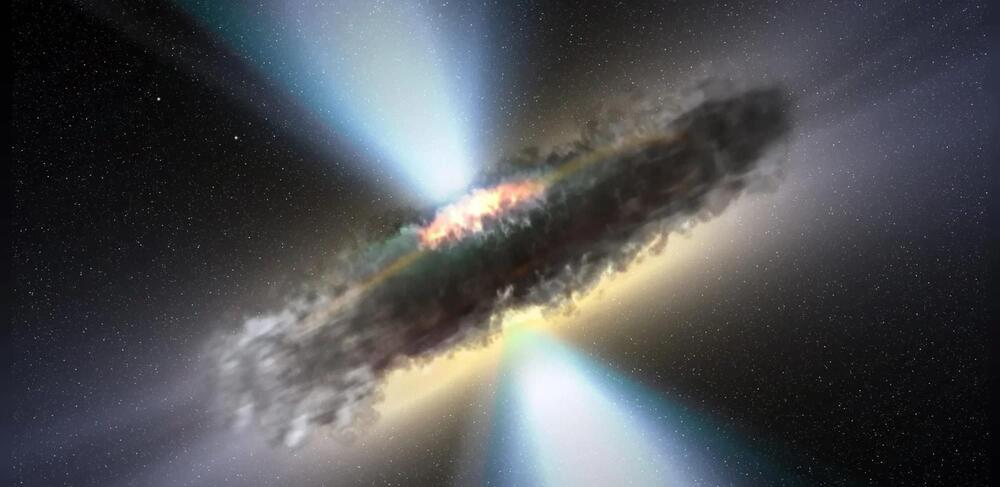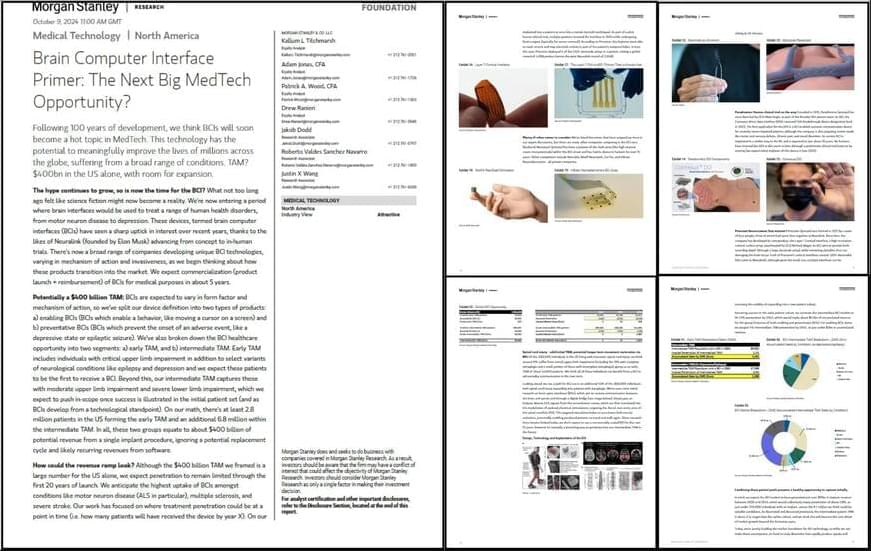They finally came back 💙
Crew-8 astronauts Matthew Dominick, Michael Barratt and Jeanette Epps all with NASA and Roscosmos cosmonaut Alexander Grebenkin splashed down in the Gulf of Mexico off the coast of Pensacola, Florida on Friday (Oct. 25) at 3:29 a.m. EDT (0729 GMT). Their landing after 235 days — including a more than two-week wait on board the International Space Station (ISS) for acceptable conditions — set a record for their spacecraft.
“After spending 232 days docked to the space station, [Crew-8 is] the longest mission Dragon has spent on-orbit to date,” SpaceX noted about its Crew Dragon “Endeavour” in a social media post. The previous longest duration of nearly 200 days was also set by Endeavour by the Crew-2 mission in 2021.
